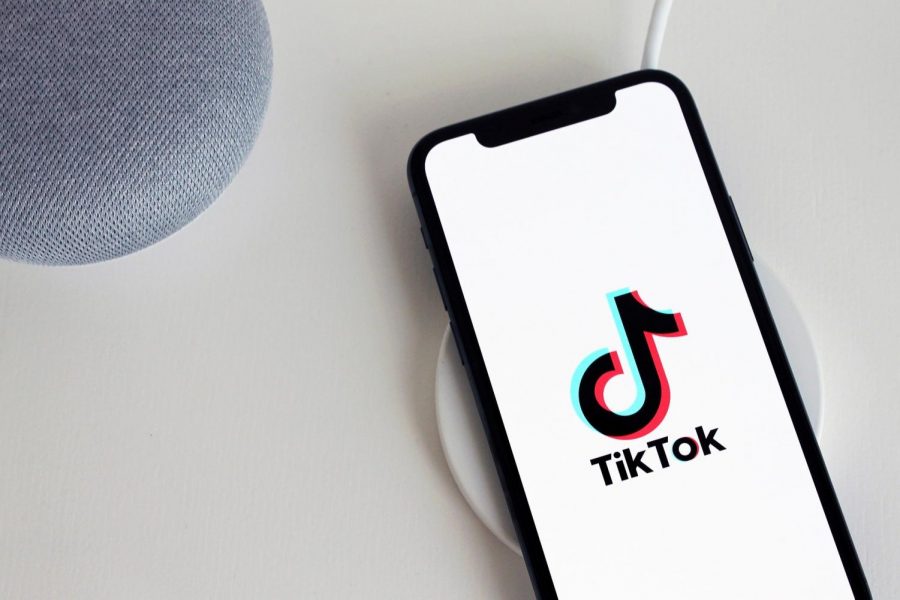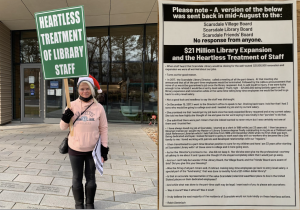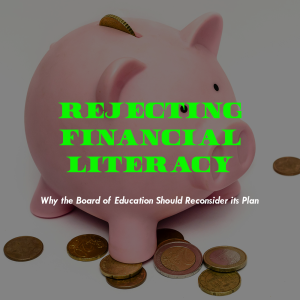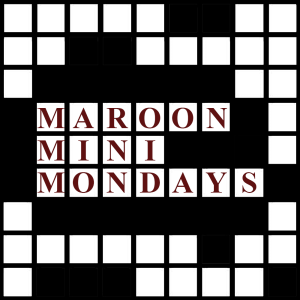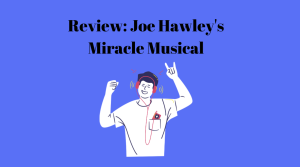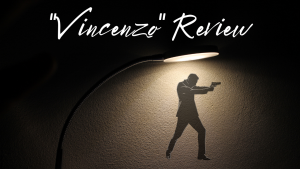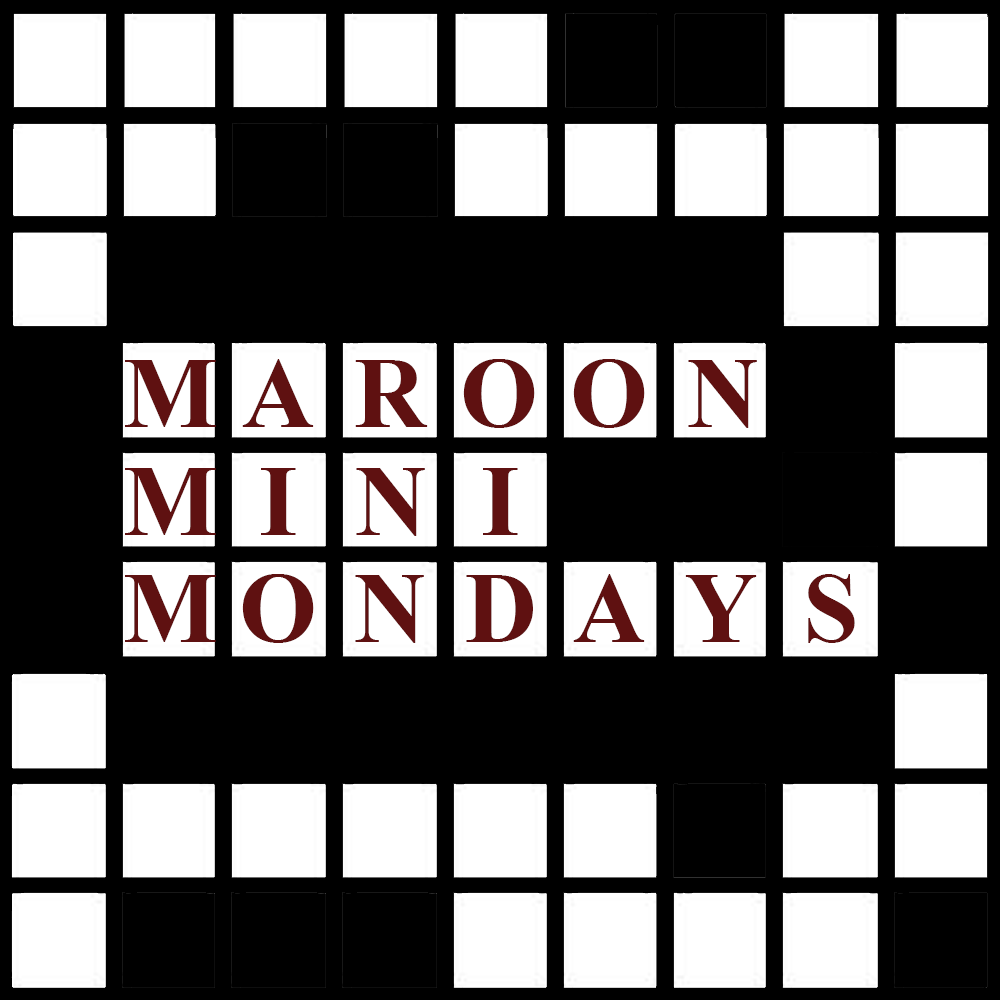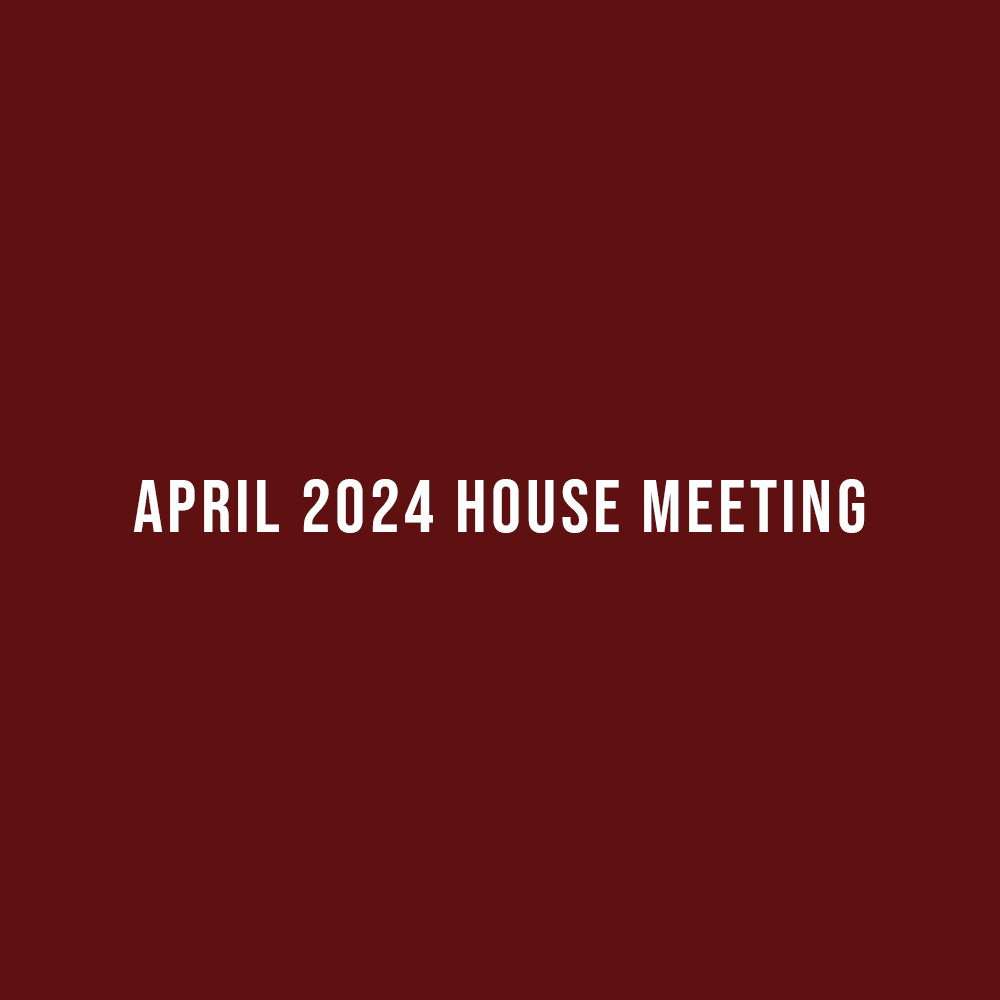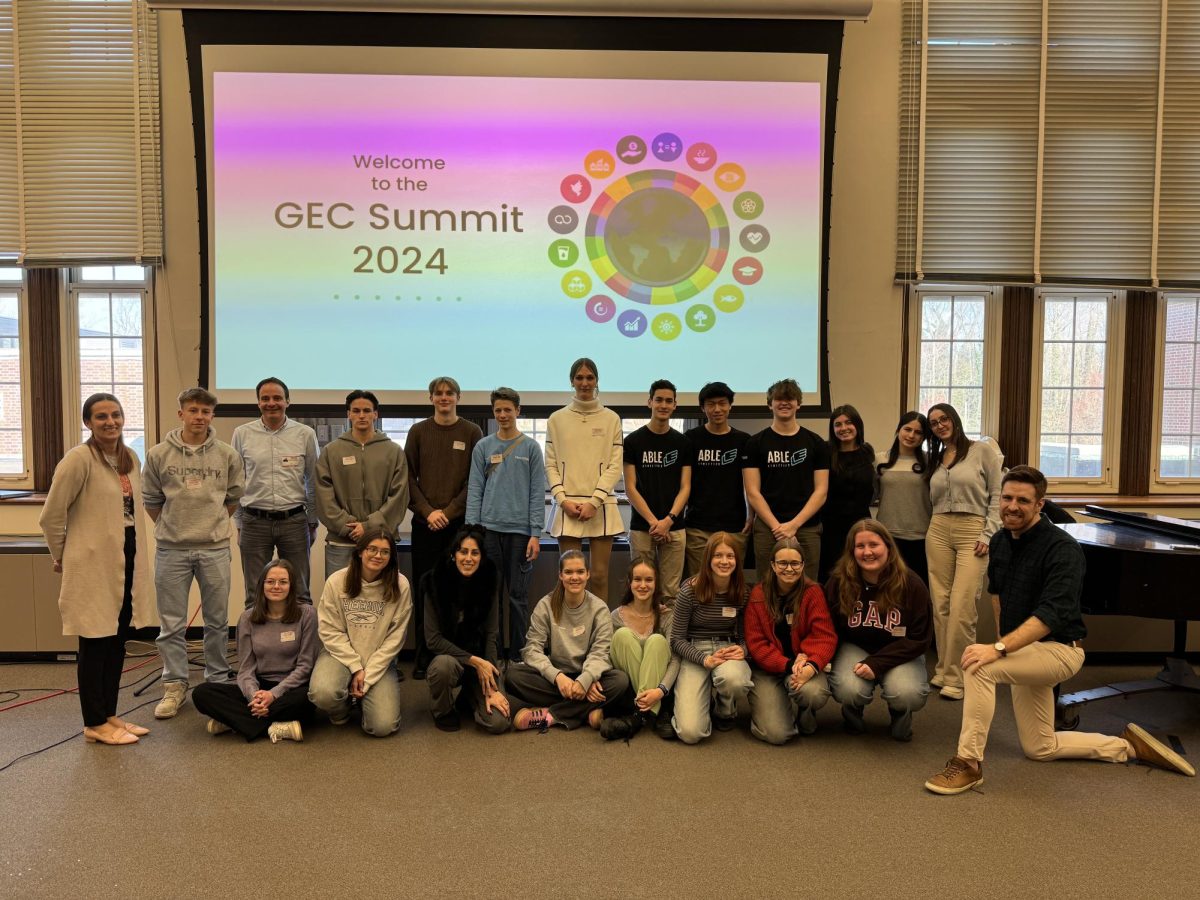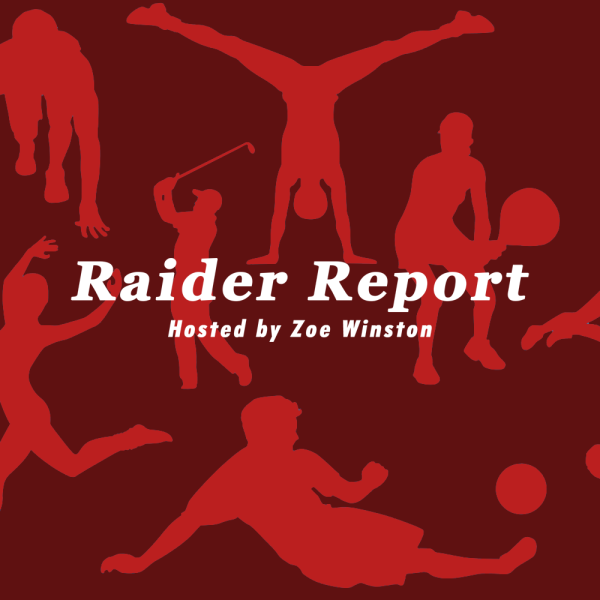Is TikTok an Indication of Gen-Z’s Brilliance, or its Flaws?
As TikTok continues to dominate the social media landscape, it leaves society wondering what, in particular, about this platform encourages such a widespread audience.
August 23, 2020
Tiktok has managed to sneak up behind the social media industry, going from a small musical.ly-esque platform to an app that has been downloaded more than a billion times since its launch in 2017, and reportedly has more monthly users than Snapchat or Twitter. It’s developers achieved this by incorporating only the most engaging elements and experiences of its predecessors. Many of its users downloaded it in 2019 and stuck around because the first impression was that it’s strange, hilarious, and reminds us of Vine. In essence, the platform is an enormous meme factory, churning through images and sounds at warp speed, repurposing reality into ironic, bite-size content. The app uses an algorithm that provides users with highly personalized and effectively infinite content. The algorithm is constantly learning from you and, slowly, develops a presumably complex but opaque template of what you tend to watch, and shows you more of that, or things like that, or, honestly, who knows – but it seems to work. Users looking for something to post about are instantly recruited into hashtags, group challenges, or shown popular songs. The bar is low. The stakes are low. Big audiences feel within reach, and smaller ones are easy to find, even if you’re just having fun. The result is an infinite unspooling of content that people might be too self-conscious to post on Instagram, or that they never would have come up without a push. TikTok caters flawlessly to the constantly-shrinking attention span of the Gen-Z teen while building a sort of safe-space: a community for kids to express themselves without so much of the constricting social media stigma.
Unfortunately, Tiktok – like the rest of the world – is a mixed bag, with unlimited creative potential, but also with bad ideas, cruelty, and embarrassment. The scrolling format of TikTok takes the instant gratification system pioneered by the millennial apps and employs it so heavily that many of us are lured into a cycle of addiction, to the point where users lose track of hours and hours, ironically reflecting the app’s namesake – and the content they are consuming isn’t exactly harmless. The app thoroughly magnifies already existing social media issues. Because of the enormous audience and its willingness to consume hours of content, TikTok is the easiest platform to gain notoriety and popularity. This leads to teens who never pursued youtube or Instagram fame now chasing after a viral TikTok – and there are two ways to achieve this feat, both equally harmful. The first is simply by being attractive, which allows otherwise meaningless bite-sized clips to captivate viewers’ attention. This only exacerbates the toxic and increasingly normalized beauty standards to an audience of susceptible children going through years crucial for self-image and confidence. The scariest part is that after a while, the TikTok community stopped seeing this behavior as problematic. Somehow it has lost track of the fact that seeing young teens dancing nearly naked and reading comments of children vowing to never eat again isn’t normal … at all. The second, while just as damaging is even more problematic – shock factor. This can lead to a variety of TikToks, from videos that are blatantly racist or sexist, popularized with the thinly veiled excuse of ‘dark humor’, to extremely harmful and dangerous challenges. The most pressing issue with the app, however, is the extensive amount of bullying it facilitates. Almost every TikTok ‘star’ has come out at one point and opened up about the environment causing their mental health to severely deteriorate. It has reached the point that the developers have been forced to make multiple public statements regarding cyberbullying.
So which is it? Is TikTok a revolutionary new community for teens to connect and have fun, or a damaging and addictive algorithmic machine? The answer is both – much like gen-z itself, the platform is neither good or bad but rather in a frustratingly definitive grey zone. At the end of the day, the app is what you make of it, and while you can decide on your own if it’s the place for you, what’s undeniable is that the immense growth and innovative structure is likely going to change the social media industry as we know it. Much like millennials’ affinity for Twitter and Instagram, TikTok is both a simple reaction to and an absurdist escape from the mass amounts of media teens are exposed to every day.

